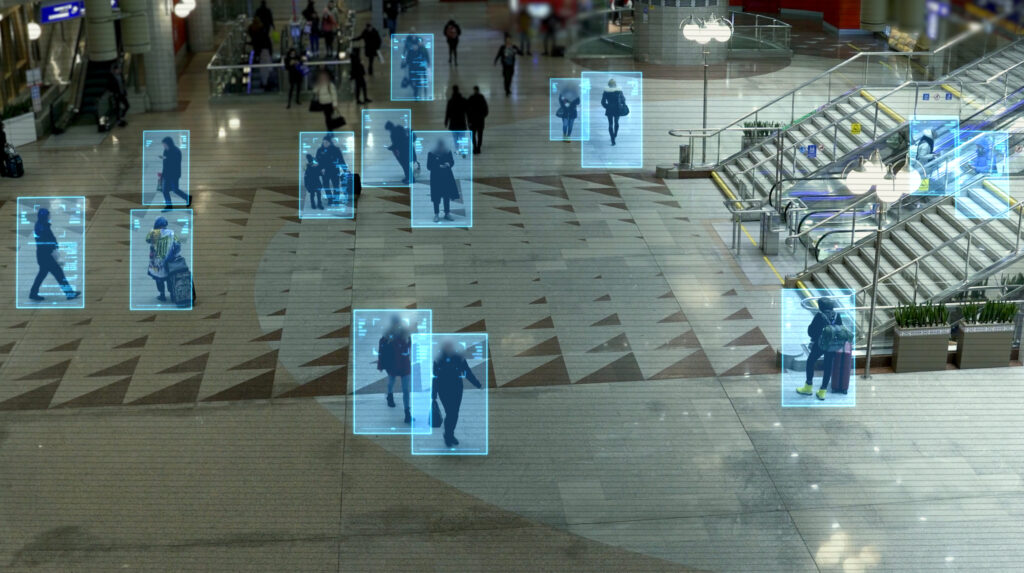The US Department of Homeland Security (DHS) Science and Technology Directorate (S&T) has awarded US$199,500 to Analytical AI, to build artificial intelligence algorithms that link objects – such as unattended baggage – to people, and track them from the time they enter a perimeter to when they exit.
Analytical AI’s approach to the analysis of data sets detects changes in object location and ownership, along with a near-real-time look back and forward capability that can track the handlers of unattended baggage.
Soft targets are accessible to large numbers of people and have limited security or protective measures in place, making them vulnerable to attack. Under its securing soft targets solicitation, S&T’s Silicon Valley Innovation Program (SVIP) sought solutions that automatically detect anomalous events via video camera feeds; reduce error to optimize human performance; and minimize delay to enhance responsiveness in threat situations that could serve a shared mission among schools, sports venues, transportation systems, shopping venues, places of worship and amidst the general public.
Melissa Oh, managing director of SVIP, said, “The goal of this project is to offer those heavily populated locations a layer of safety that enables quick, effective action in the event that an unknown threat presents itself. Analytical AI’s innovative technology monitors movement and the exchange of objects, as well as unattended objects, leading to the prevention of attacks in public areas.”
Ali Fadel, program manager of the S&T soft targets security program at DHS S&T, said, “Mass transit, on average, carries nearly ten times as many passengers per day as the nation’s busiest airports. With limited checkpoints for screening passengers and their belongings, our program is pursuing innovative technologies to enhance physical security and situational awareness at venues. Utilizing advanced algorithms to identify and alert security personnel to left-behind items – in near real time – will allow them to quickly respond to dangerous events and clear harmless, left-behind items. The intent is to integrate security solutions within a broader layered architecture to better protect commuters, riders and families using public transportation systems or attending a mass gathering – all without impacting the speed of the traveling public.”
For more key technology updates from the passenger terminal industry, click here.

